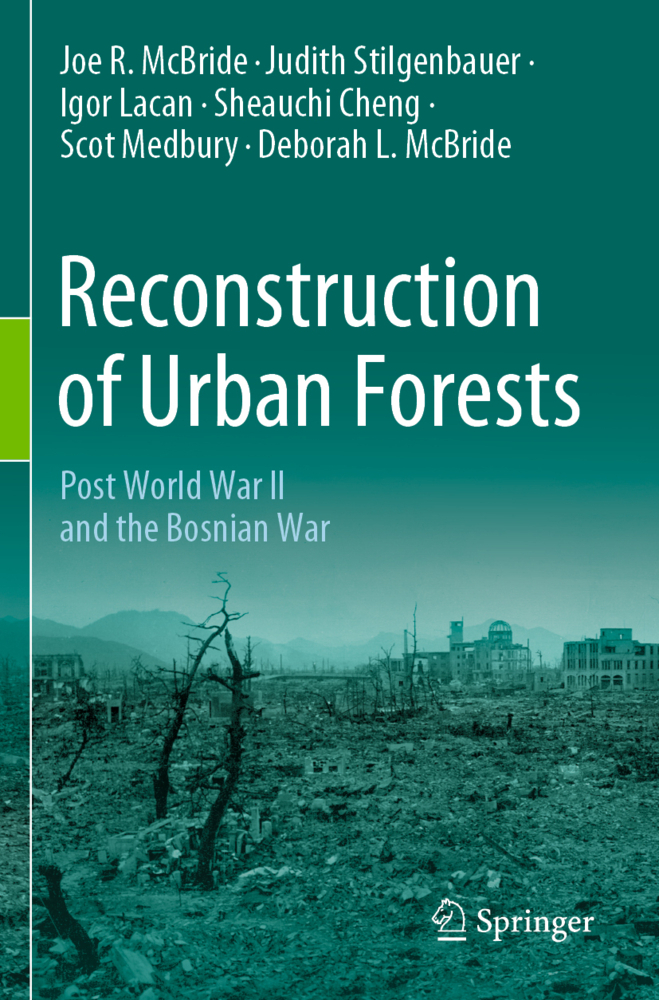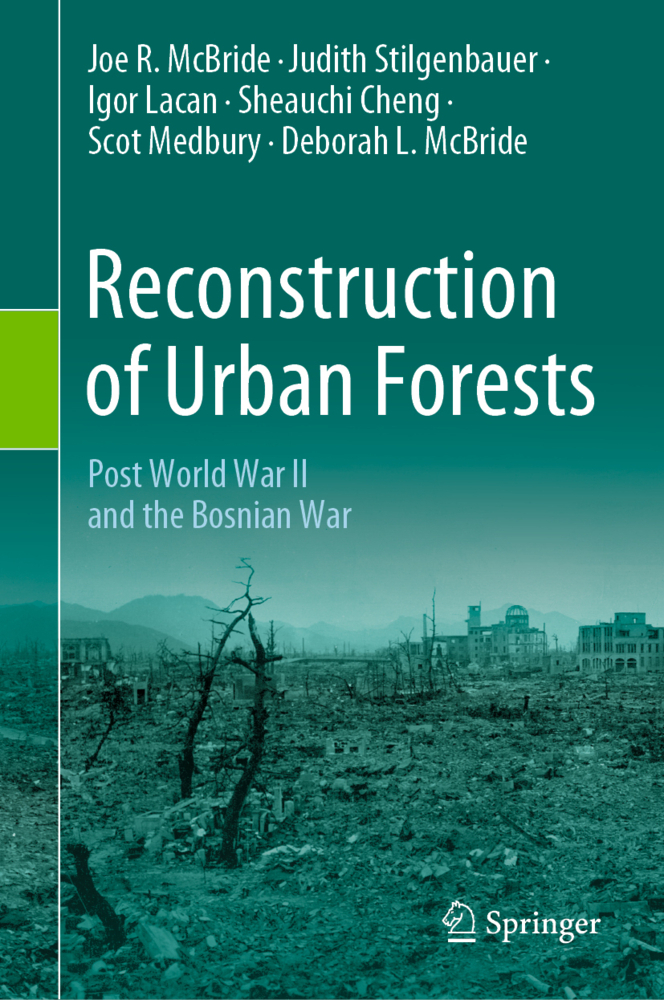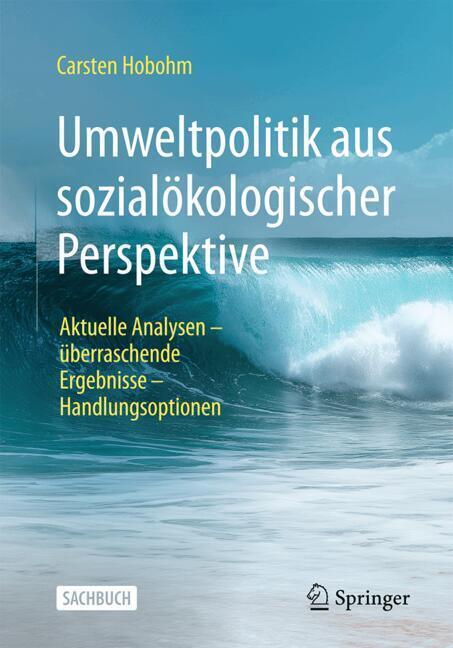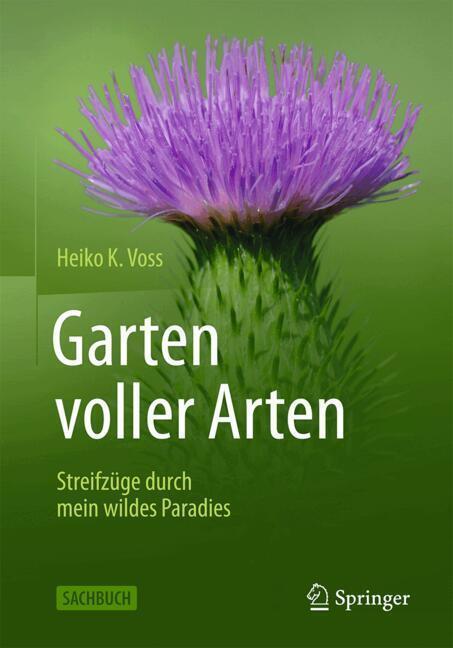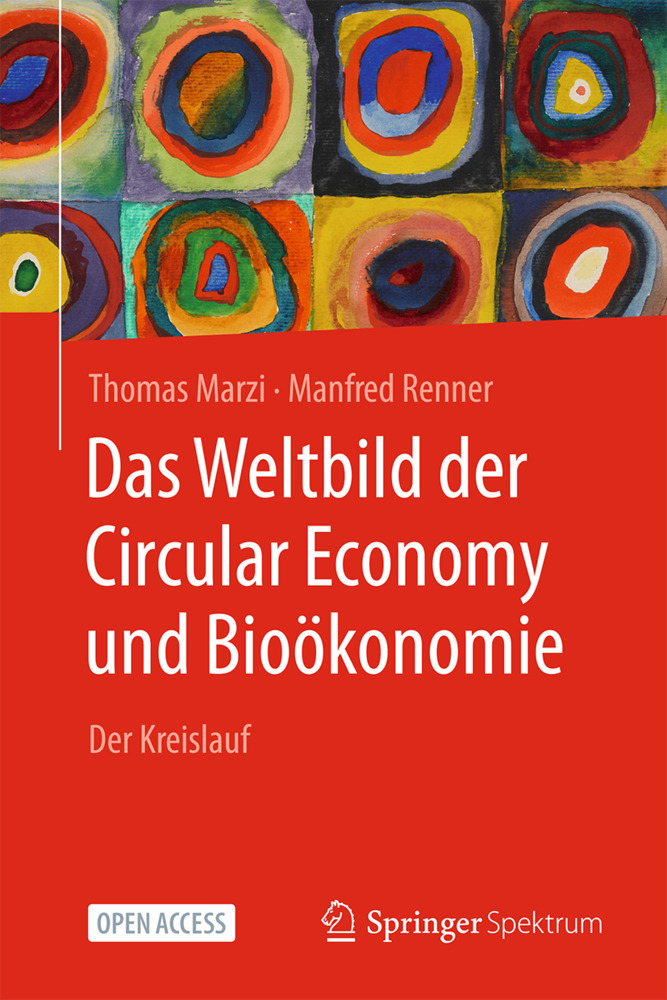Reconstruction of Urban Forests
Reconstruction of Urban Forests
1. Introduction
2. Aerial bombing of cities during World War II
3. London
4. Coventry
5. Hamburg
6. Dresden
7. St. Petersburg
8. Stalingrad
9. Tokyo
10. Hiroshima
11. Conclusions.
McBride, Joe R.
Stilgenbauer, Judith
Lacan, Igor
Cheng, Sheauchi
Medbury, Scot
McBride, Deborah L.
| ISBN | 978-3-030-64940-1 |
|---|---|
| Artikelnummer | 9783030649401 |
| Medientyp | Buch |
| Copyrightjahr | 2022 |
| Verlag | Springer, Berlin |
| Umfang | X, 106 Seiten |
| Abbildungen | X, 106 p. 33 illus., 16 illus. in color. |
| Sprache | Englisch |

